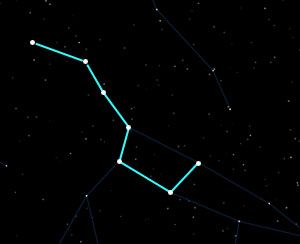I'm sure you could, but it limits you to pining and trapping with your lead arm.You can pin and trap with "cross stance" too. It has both the side stance and square stance advantage. It doesn't have the square stance dis-advantage.
I'm not saying it's wrong, it's just not my Wing Chun way.
Any typical disadvantage of the square stance is irrelevant once you've already pinned or trapped the opponents arm and are on the outside gate.
Not sure what the video was demonstrating.

